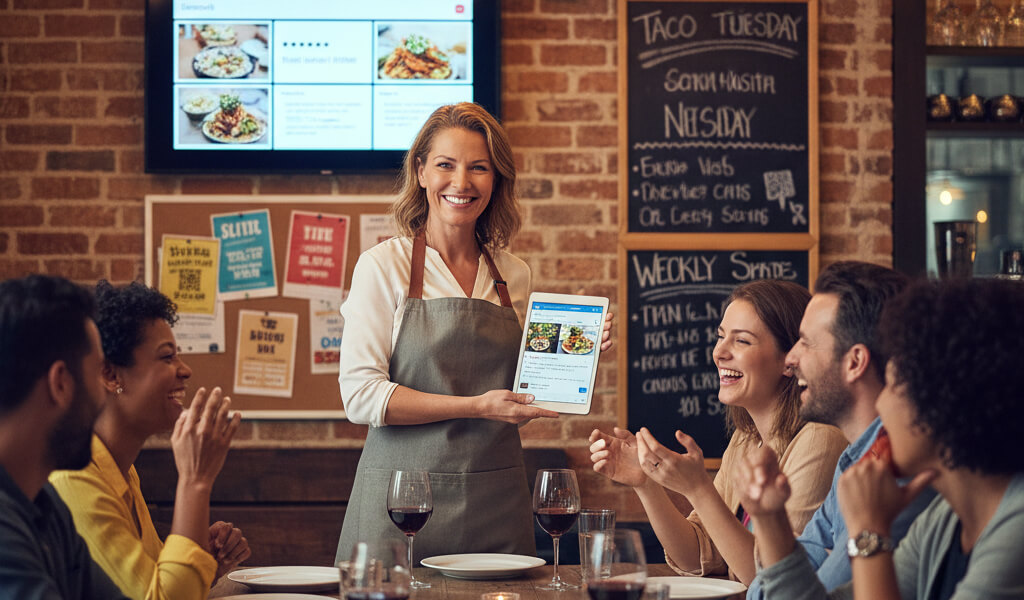October 01, 2025

In the competitive world of hospitality, marketing doesn't have to drain your budget. With the right strategies, even small, independent restaurants can draw in new guests, keep regulars coming back, and increase revenue—all without overspending.
Whether you're trying to boost foot traffic, fill empty tables on weekdays, or promote new menu items, here are five high-impact, low-cost marketing tactics every restaurant owner should have in their playbook.
Your website is often your restaurant’s first impression—and in many cases, your first opportunity to convert a curious browser into a paying customer. A clean, conversion-focused website can do more for your bottom line than any single ad campaign.
Here’s how to make it work for you:
Resource: The Ultimate Restaurant Website Checklist: From Menus to Mobile UX
Social media platforms—especially Instagram, TikTok, and Facebook—give restaurants the ability to show off their food, personality, and story at no cost.
To get the most from your effort:
Further Reading: Restaurant Marketing: Everything You Need to Know
Email marketing is still one of the most cost-effective ways to reach and retain customers—especially loyal locals.
Start simple:
Recommended Guide: Restaurant Marketing Tactics: Proven Strategies to Build Customer Loyalty
Events are one of the best ways to create buzz and drive foot traffic—especially on slower nights.
Easy event ideas that work:
See More Ideas: 12 Marketing Ideas to Fill Your Small Restaurant Every Night
Word of mouth is still one of your most powerful assets—and today, it lives online.
Turn reviews into a marketing engine:
More Tips Here: Tantalizing Ways To Attract Diners With Website Optimization
You don’t need a massive budget or an in-house marketing team to compete. With a strategic approach and consistent execution, these low-cost tactics can create lasting growth for your restaurant.
Focus on making it easy for diners to find you, connect with you, and choose you—again and again.
For more insight into turning your website into a lead-generating tool, read: The Restaurant Marketing Funnel: How Your Website Brings Diners to Your Door
Stay up to date with the latest tips, expert insights, product reviews, and step-by-step guides to help you grow, create, and succeed—no matter your industry or passion.